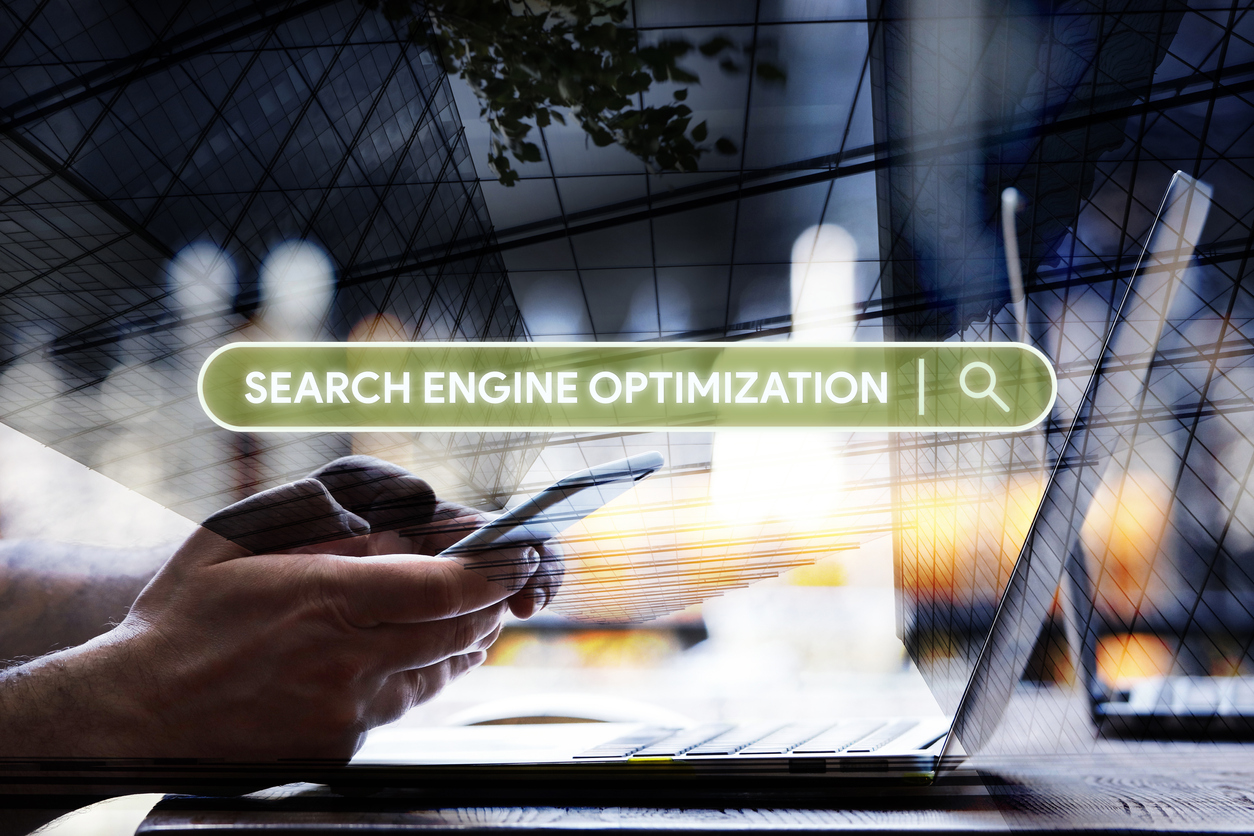Every business or company that has ever launched a website knows how difficult it is to attract new customers. The competition is tough and therefore you have to set yourself apart from the millions of other websites in your industry.
Social media marketing is one way to boost your Search Engine Optimization, especially when you leverage Facebook ads, but it costs you a bit more money to get tangible results.
A better alternative is to test Google’s search engine along with a good SEO strategy.

For most businesses, the main reason for creating a website and implementing search engine optimization (SEO) strategy is to first improve their rankings in organic, non-paid methods. Once that is achieved, it becomes easier to generate traffic and sales.
The organic results show the pages that Google classify as relevant to the search query. But these are not to be confused with paid ads, such as Google Adwords that cost money to produce and have a different designation in the search engine results.
Therefore, if you’ve created a website and are ready to improve your organic visibility and attract traffic and customers to your business, then follow these 7 SEO hacks to improve the ranking positions of your website in the organic search:
1. Choose and target the right keywords
Undoubtedly, the biggest mistake that can be made by an SEO Company, in an SEO strategy, is to choose the wrong keywords that do nothing to help lead prospects to your business.
Every step in your SEO strategy should focus on improving your web pages with keywords that drive engagement and ultimately conversions to your business.
There’s no shortcut to getting ahead on organic rankings other than understanding the searcher’s intent and answering their questions through your SEO strategy. [source]
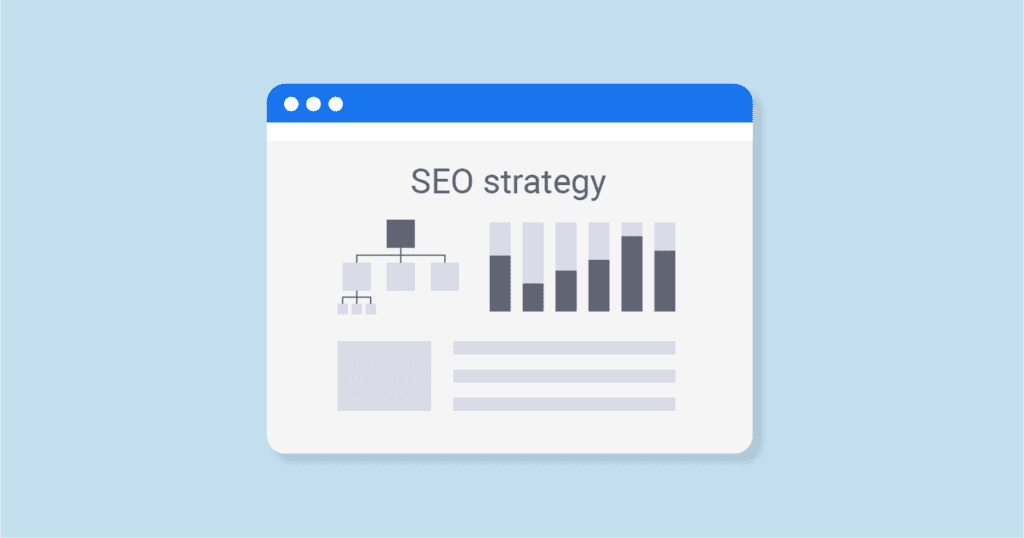
Keep in mind that people are more concerned about finding solutions to their problems over buying your product or commenting on the pretty images on your website. So when creating content and keywords, try to be useful and helpful over being clever.
Use keyword research tools to know what terms people are plugging in to find terms relevant to your industry, like SEMrush, KeywordTool.io, and Ahrefs.
You can even piggyback on your competitors’ keywords and pull business in your direction and outrank them in the organic listings.
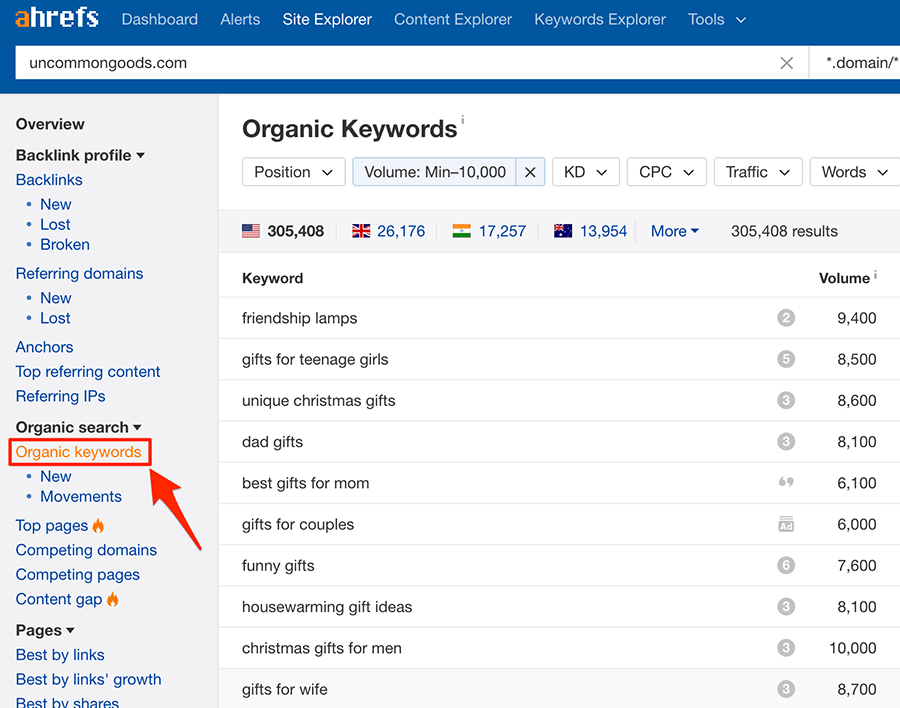
Always go after long-tail keywords that are easier to rank and more focused on what the user wants. And note that unless your website is already marked a safe and secure site with established visitation,you may not be able to compete successfully in the online realm with old domains and weak link profiles.
Hence, go for keyword phrases that you can eventually rank and generate traffic for in around a 2-month period of time or less.
Trust us, there are still keywords in your niche that have zero competition, you just need a little more digging to find them.
2. Create useful and evergreen content
One important aspect of search engine optimization is the content involved, explaining what your business is about and how it can help the person who stumbled upon your website. And we’re not talking about just an average article, but useful and evergreen (aka “relevant”) content.
Since the main goal of your SEO strategy is to improve your positioning in Google, remember to apply additional techniques such as inbound marketing that will help you in creating valuable content (like creating content for an ongoing blog)to win over customers.
Another reason why it’s good to be feeding consistent, original, and useful content to your blog is that it’s one of the most popular types of evergreen content that’s optimized for search engines and its users.
Plus, if you’re able to create quality content then other websites will link to you. Moz’s study revealed that useful content also attracts social shares and the chances of it going viral. Many SEO Companies don’t provide this in their SEO Services.
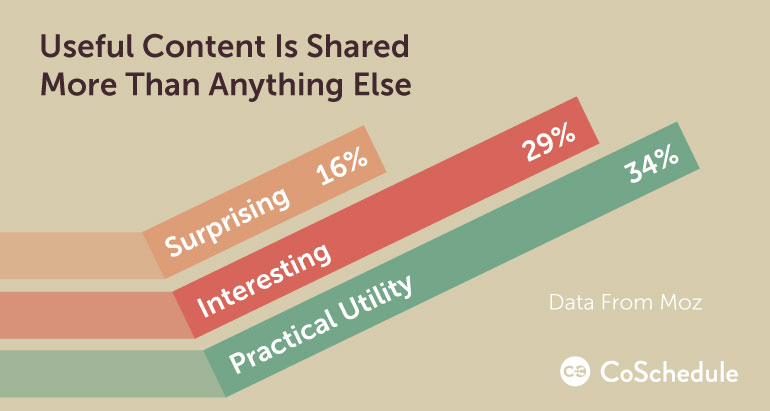
Relevant and refreshed content on your blog adds value to your users and allows you to engage your target audience and improve your search performance.
3. Optimize your metadata
Meta tags such as the title tags and the meta descriptions in the backend of your website are important to update as you create we pages as it allows search engine crawlers to understand the content of the web page and verify you as a credible source of information.
The title tag and the meta description are there to convince online searchers that your content is exactly what they’re looking for.

When you create a web page, make sure that target keywords appear naturally in your page title and description.
Here are a few definitions to help guide you:
- Title tag: This is the text that appears as the title in the search result pages. It may not be the exact title found on the actual page when the user clicks on it, but it is recommended that you stick to the same title. The title tag should not exceed a maximum length of 55 characters.
- Meta description tag: The meta description is a quick summary of what is on the page, like a preview. It is displayed in the result pages of the search engines below the title tag. An optimal meta-description has a length of 150-160 characters.
- H1 tag: The H1 tag is displayed on the web page and usually includes the title of the page. Short for “Headline 1”, this is usually the biggest font on a page and most people understand it as the header. Make sure that there is only one H1 tag on each page that contains a relevant keyword for what the page is about. Other smaller subheadings are usually in the H2, H3 or H4 group.
How to optimize the Title Meta tag
The content of this tag appears in the zero position HTML snippets as well as in the browser with the objective to clearly define what the page is about.
A few points to keep in mind while creating a title meta tag include:
a). Title length: It is recommended that the title doesn’t exceed 60 – 65 characters. That way it will be shown in full in the SERPs and not show users a truncated or incomplete result.
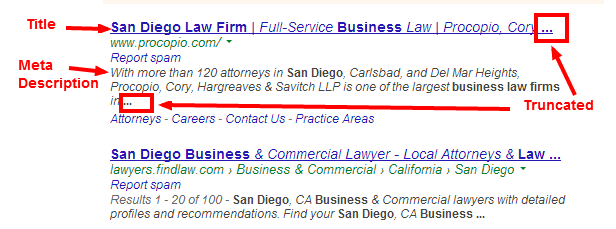
Note: Google does not take into account the number of characters, but it measures its length in pixels.
b). Relevance: The title tag must be relevant, descriptive, and unique for each of the pages. A big error that people often make is using the same title for different pages on a website.
c). Use the keyword: Always include the target keyword in the title tag and make sure that it appears at the beginning.
How to optimize the Meta tag description
The goal of a meta tag is to provide users and search engines with a brief summary of the content they will find on the page. It’s very important to optimize this piece to get the user to click on your page.
To optimize the meta tag description, you’ll take into account the following aspects:
a). Length: It should not exceed 150 – 160 characters, which corresponds to the maximum length in pixels shown in the search results.
b). Uniqueness: Each page should have an original description that differentiates from each of the other pages. Avoid duplicate meta descriptions on your pages.
c). Complementary: Your page description should complement the information you use within your page title.
Make sure that your meta description provides thorough information in an easy-to-understand tone. And don’t use heavy punctuation, uppercase letters, or special characters to try to drive home your point as that can instead hurt your meta tag efforts.
d). Use the keyword: Include the most relevant keywords for the page within your meta description and these should appear at the beginning.
4. Distribute content on social networks
Although Google has stressed many times that social networks do not influence search ranking, many Atlanta SEO experts disagree.
Having a profile on Google+ and updating it on a regular basis ‘seems’ to be one of the factors that will help you improve search performance.
Maybe not directly, but it can boost referral traffic to your website, like when you leverage Facebook and Twitter.
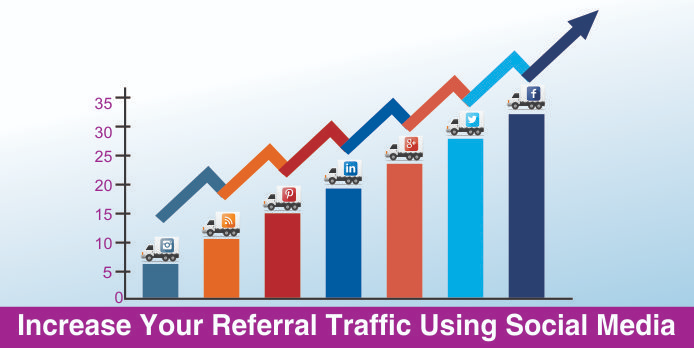
Undoubtedly, social networks are the perfect channels to publicize your products, services, and content; they also provide a way to direct traffic to your website.
To a greater or lesser extent, by using social media in your SEO strategy, you will reinforce your brand’s image, awareness, and popularity.
Another effective option to achieve greater visibility on the Internet is to use social media advertising platforms.
Among the social networks most used by SMEs to achieve their business’ objectives are Facebook, YouTube, Twitter, and Instagram. LinkedIn also works when you’re trying to reach B2B businesses and working professionals.
Facebook continues to lead the social advertising platforms, but video websites and LinkedIn are close behind.
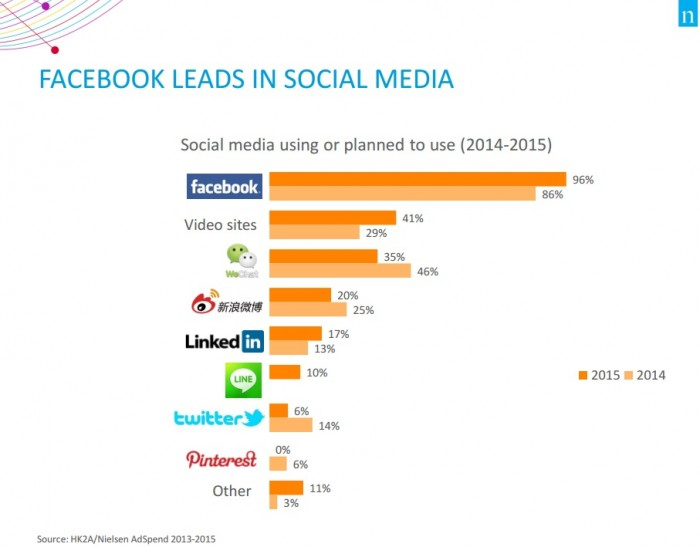
For example, on Facebook you can boost your content using ads as well as promote any organic content you post foras little as $5.
Twitter is another popular platform that offers a way for marketers to promote their content and business.
Essentially, if your content is primarily images, videos, infographics, and other visual content, Instagram should form an integral part of your social media plan because that is the kind of content that appeals to Instagram users.
Therefore, you can take advantage of the high level of engagement generated on Instagram where this type of content is more likely to be seen and shared amongst its users.

Through the use of these social media platforms and tools, it’s easier to distribute your content online, achieve greater interaction, generate a bigger impact, and grow your business.
In short, you could say that social networks are not a direct SEO services factor but without a doubt, they correlate with other factors such as traffic and time spent on your website which directly creates a positive boost in search rankings (according to a study by Moz).
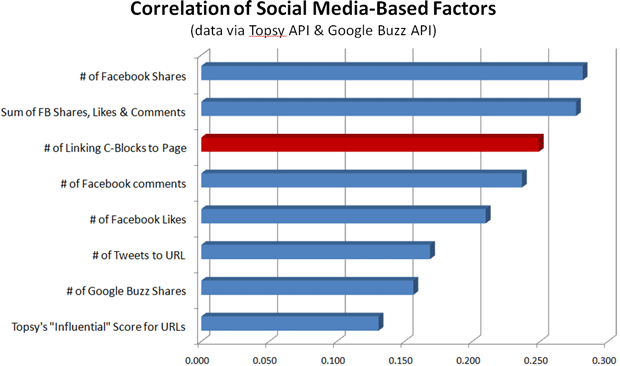
5. Reduce the loading time of your website
If you want to achieve a decent user experience, you must have already applied certain principles of web usability, like optimizing your website so that all ofthe pages load quickly.
The Google PageSpeed Insights tool shows the loading speed of your website and provides recommendations for how to fix page load issues.
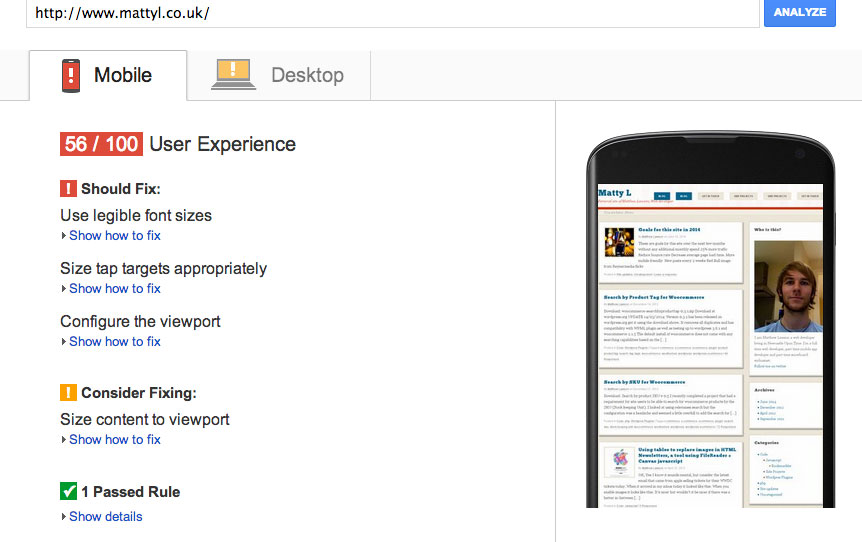
First off, it’s important to host your website with a reliable and fast server and only use plugins if they serve a useful purpose for you as they may affect how quickly the page loads. Google spider crawlers definitely pay attention to this and recognize how efficient it is for Google users.
That’s why Google rewards fast-loading websites by giving them higher rankings within organic search results over slow-loading pages.
It also allows you to check the loading time separately for desktop and mobile devices.
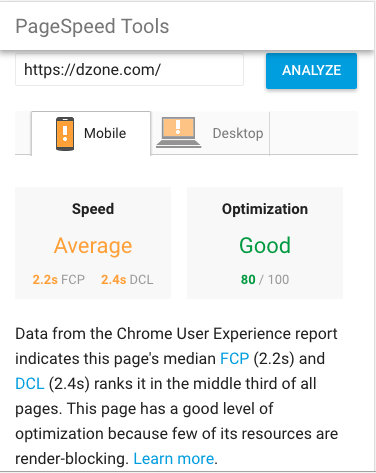
When creating a fast-loading page, always make sure that the image elements on your pages are compressed (no bigger than 1MB) and use a caching tool when loading it.
This ensures that fewer scripts run and that creates faster response times from the server. Test your website yourself and try to improve your scoring.
6. Work on Off-Page SEO
By building more trusted links that point to your website, you’ll increase your relevance and authority.
Something you should know is that the link value is not measured by quantity, but by quality. Ideally, if you can achieve both quality and quantity then you’ll have the most favorable results.
Link building is hard work and even the most experienced digital marketers struggle at it. So, with the little time that you have, focus on building fewer but high-quality inbound links from good domains and complementary URLs.
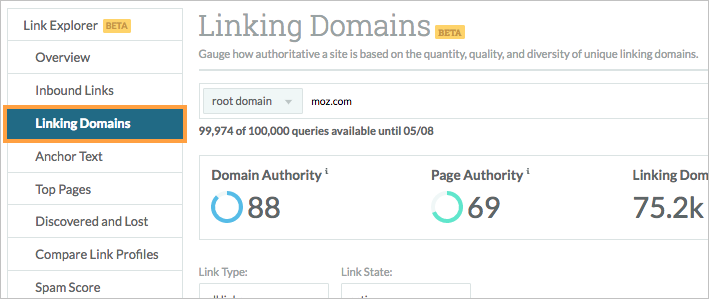
As your domain’s authority increases, your search ranking will improve as well.
When it comes to link building, Google is more concerned about how relevant the link is, how natural it appears on the page, and the status of the referring domain (whether it’s a trusted source or low-quality).
7. Perform an On-Page analysis
To do this, perform an On-Page analysis by looking at your website and analyzing whether the content meets Google’s requirements. This analysis often gives you an idea of the optimization potential of your website. [source]
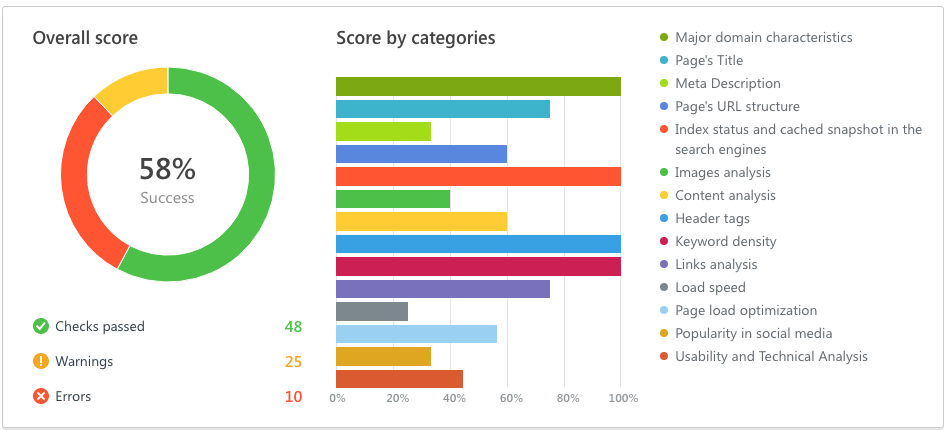
At our Atlanta SEO Company and with our SEO services, we can help you to perform On-Page analysis and develop a proven SEO plan to dominate your niche.
Based on the results, we can help you build a to-do list of what you’re doing right and what you can improve on.
You can also use Google Search Console to effectively track your website’s performance. This service helps you better optimize your website’s performance and track user behavior.
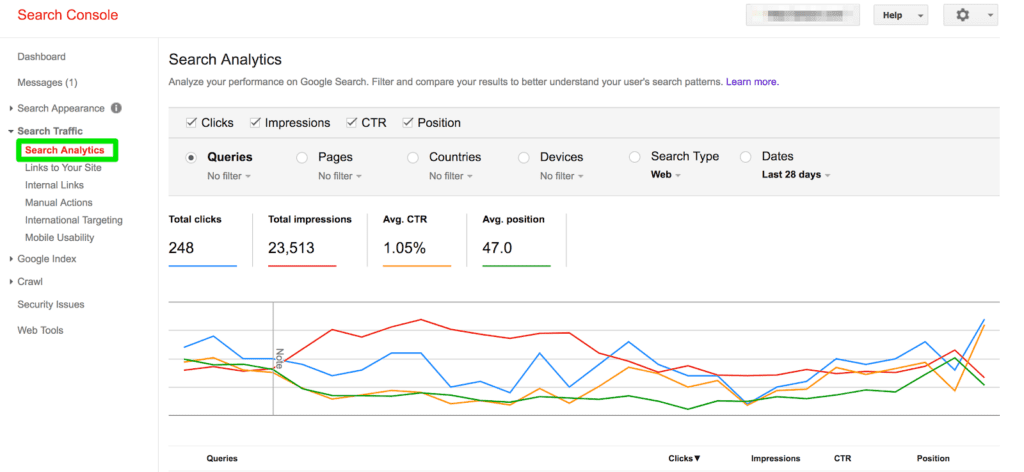
Knowing the keywords you currently rank for will help you determine what important steps you can take right now to improve your search engine results.
Google Search Console, for example, shows the keywords that your website is currently ranking for and their average positions.
Look at the keywords that show up in positions 11-20. These are the keywords you need to push to the positions 1-10.
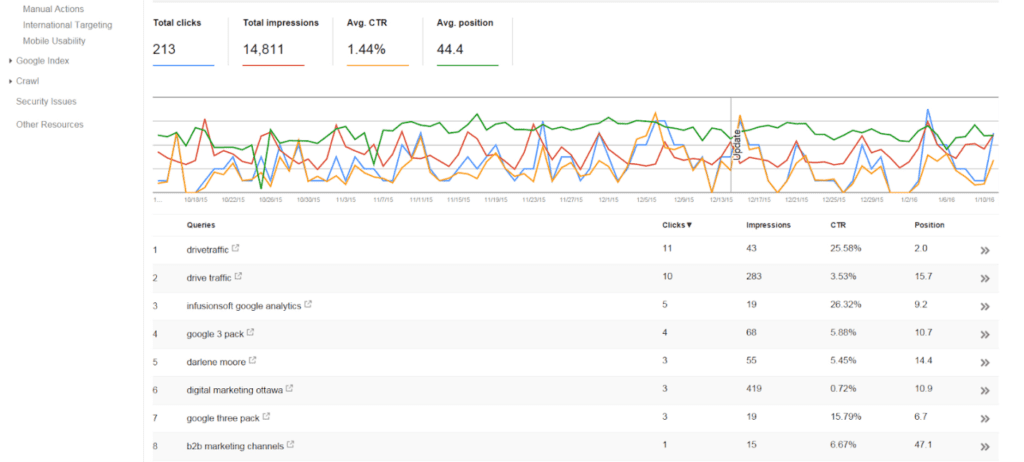
You can do this by improving the quality of your content, length, and sending more trusted links to your pages.
Furthermore, the Webmaster Tool alerts you to errors on your web page that should be fixed and it allows you to track user behavior, especially conversions, on each page.
As a result, you can continually refine your website to get better search rankings without targeting new keywords.
Conclusion
These 7 hacks will help you optimize your pages to boost search ranking and sustain it.However, if you need some help, our SEO company Cardinal Digital Marketing can help you.
However, keep in mind that you shouldn’t expect results overnight. That’s why 60 days is the ideal ‘waiting time’ to see results as soon as you start implementing these hacks.
With lots of patience and consistency in the application of your SEO strategy, you’ll dramatically improve your search visibility regardless of the competition.

